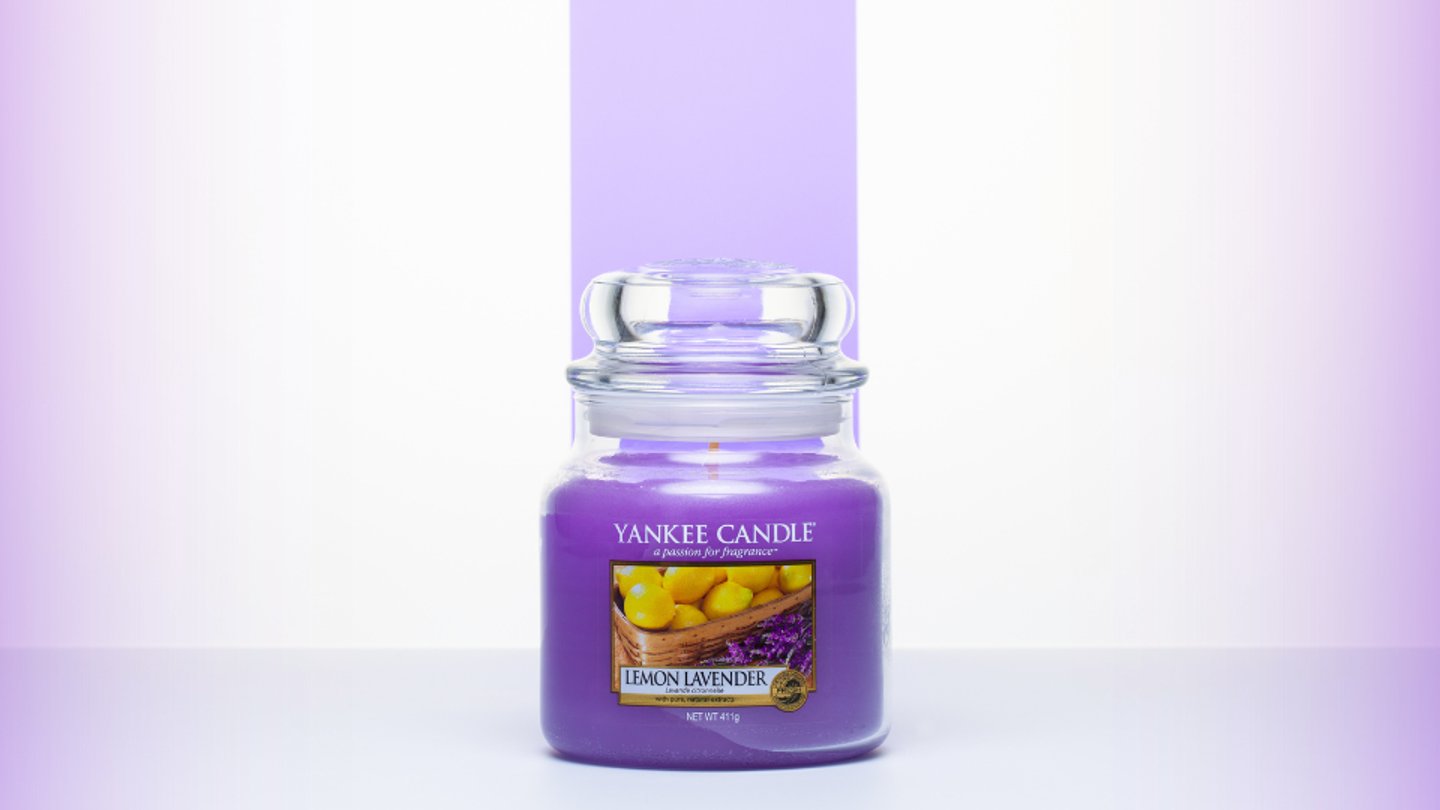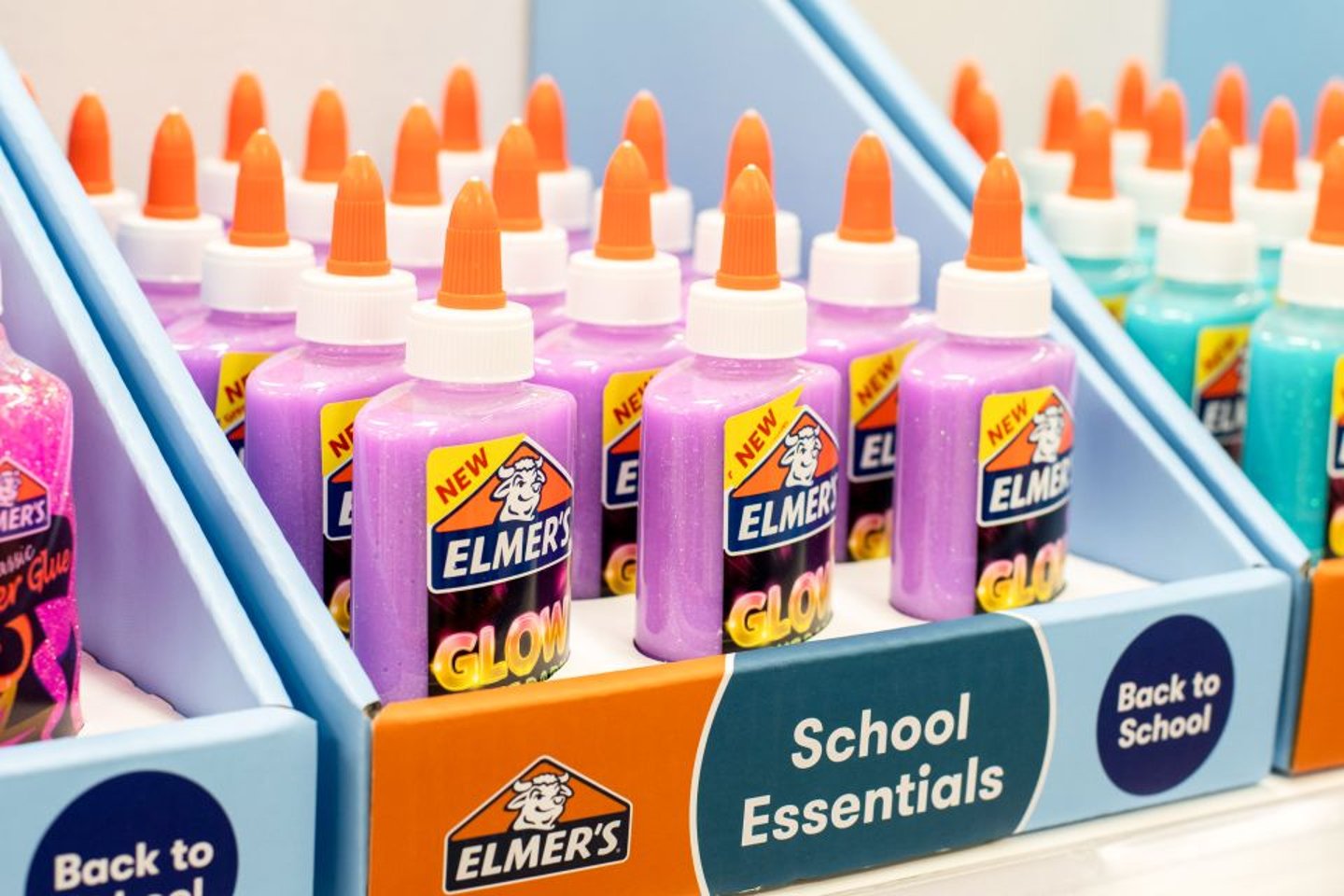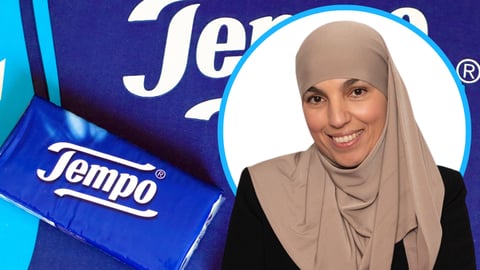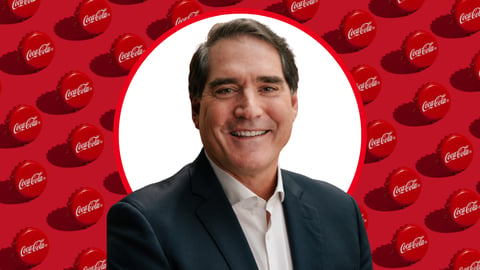How Newell Has Prepped Its Organization for Tariff Impacts
Though the bulk of business for Newell Brands is manufactured inside U.S. boundaries, the company has put in place several guardrails as it navigates a bumpy tariff landscape.
During the latest earnings conversations, CEO and president Christopher Peterson said that more than half of its U.S. sales are manufactured through “an extensive and highly automated North American supply base consisting of 15 U.S. plants”. As part of this, the company has two Mexico-based USMCA-compliant facilities.
None of these locations is subject to tariffs.
“And because we have invested nearly $2 billion across our North American production system since 2017, we have significant untapped capacity, which we can quickly access to help strategic customers keep their store shops full of high-quality American-made products that represent good value for their shoppers,” said Peterson.
The company outlined several tariff-related “wins,” which include securing incremental business in 13 of the 19 categories where it has domestic manufacturing capability and identifying 10 other categories where it says it has a sourcing advantage compared to competitors based on country of origin and/or where it has existing tariff-free inventory available for incremental promotions.
Many of the benefits are expected through 2026, with some coming online as early as this year.
In total, the company expects to see a $105 million net impact on the 2025 P&L sheet. However, this is before mitigation efforts, which Newell believes will fully offset any currently announced or soon to be in effect tariff actions.
That’s not to say that Newell is getting by unscathed. There’s one tariff-related hit to finances that the company doesn’t plan to recover — a one-time cost related to the incremental 125% share of China tariff that was only in effect for a limited period of time.
While the company did immediately suspend future orders once the rate was announced, the additional tariff costs hit in-transit goods that couldn’t be delayed.
Pricing Moves to Clear Up the Foggy Future
It’s the short- and near-term shopper behavior over the next three to six months that remains uncertain, according to Peterson. While inflation has moderated and employment trends are favorable, he pointed to several years of above-trend inflation and costly interest rates, in addition to tariff concerns, as continuing to put pressure on consumers.
Despite the consumer price sensitivity, Newell did have to enact three rounds of pricing actions due to the headwinds:
- One round each on April 1 and May 1 to offset rising costs due to the 20% China tariffs and the 25% tariff on aluminum and steel.
- A July 28 pricing move to cover the additional 10% China and other reciprocal tariffs.
“To the extent additional tariff-related pricing actions are necessary, we will act accordingly, but we think pricing actions for 2025 are now largely behind us,” said Peterson.
He said that in over half of the business that is not subject to tariffs, the company isn’t taking pricing, providing Newell with an advantage from a consumer value standpoint, as competitors may still see increases.
The biggest challenge is often timing, as retail prices won’t begin to move up a little until the next month or two as a result, and so it hasn't fully materialized yet in terms of retail prices for the consumer.
On the retail side, Peterson said its partners have generally been understanding of pricing changes to not just cover tariff costs but also drive incremental productivity savings and tighten overhead spending.
“We're trying to be very mindful about not advantaging or disadvantaging one retailer versus another,” said Peterson. “We haven't seen retailer inventory where we're supplying on the majority of our business direct from our U.S. distribution centers. We haven't seen a dramatic change in retailer inventory.”
Optimizing the Business
The company has been advancing its capabilities, which it said will help continue to bolster the organization as it navigates external challenges such as tariff disputes.
For example, the company is now starting to see benefits from an added brand management capability that was part of a 2023 transformation initiative. As part of this, it rebuilt its consumer insights function, allowing Newell to better test innovation with consumers and retailers prior to going to market.
Also, Newell is undergoing continued ERP integrations, completing two more during the second quarter. Home Fragrance was moved from Oracle to SAP, and two instances of Datasul, in Brazil, were migrated over to a single instance.






